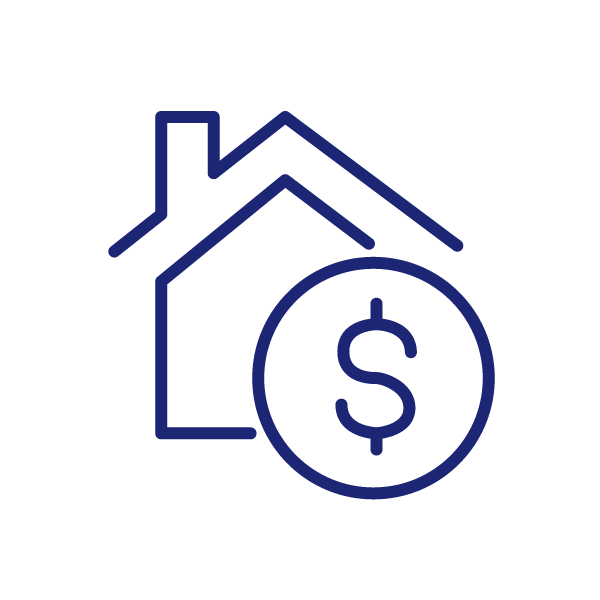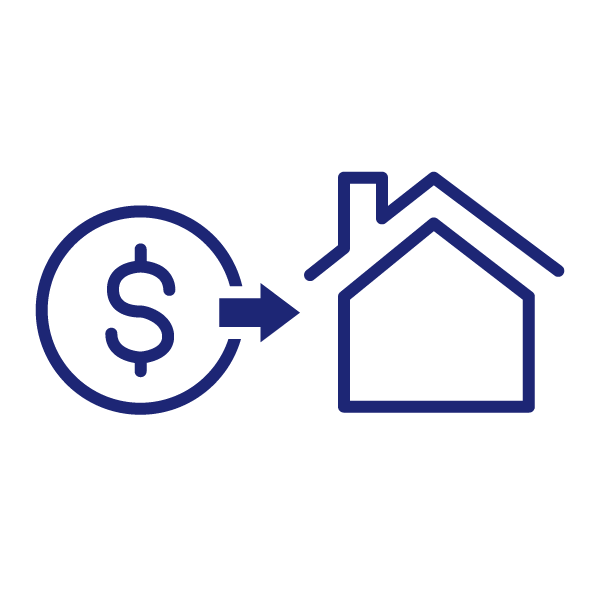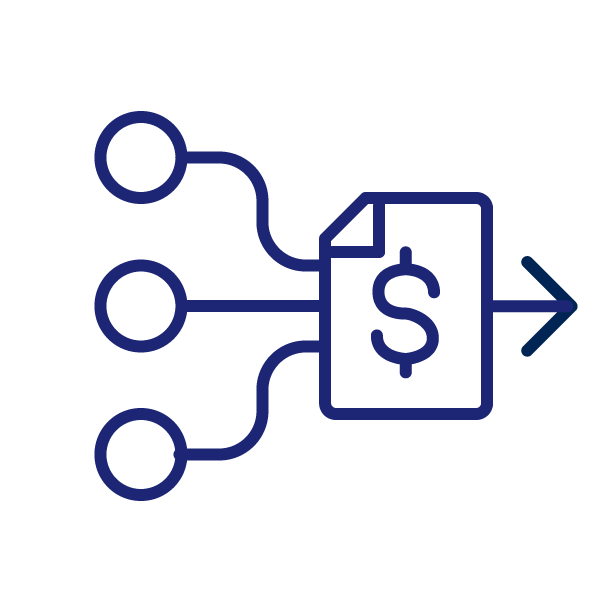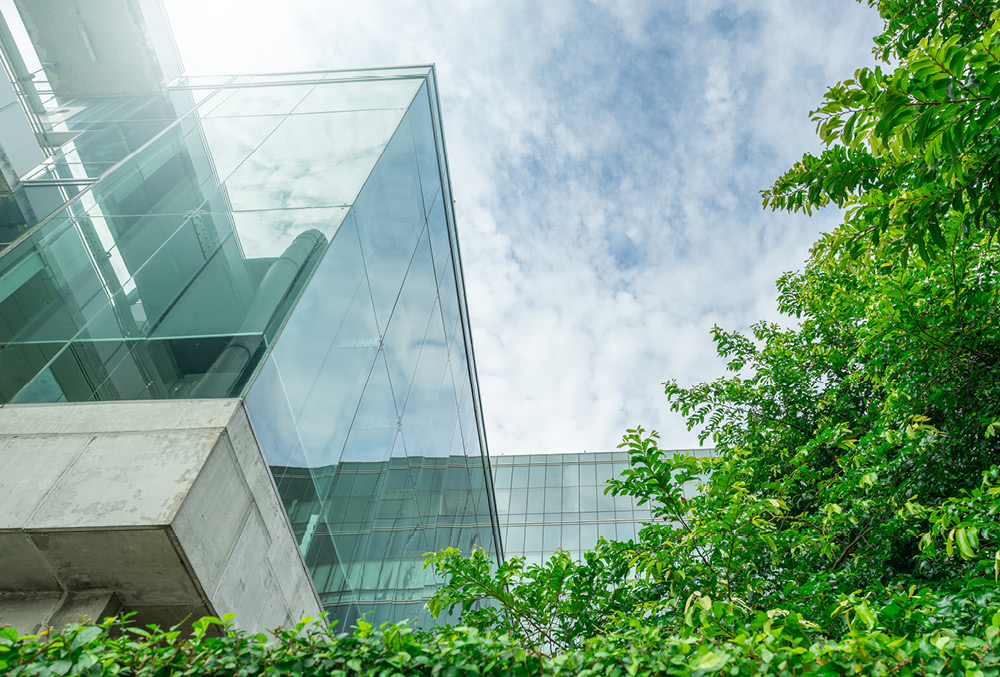Whether your project is big or small, one thing that can help give you confidence as you take on a new construction project is creating a budget. With a budget, you’re able to plan for your expenses, forecast when funds will be needed throughout the timeline of your project, and you’re less likely to overspend. A detailed budget also demonstrates to potential lenders that your project is well thought out, giving them a sense of assurance to provide the financing you need to complete your project.
In this blog, we’ll go over the common costs associated with a construction budget and special considerations to note along the way.
Where to Begin When Establishing Your Budget
Whether you decide to use budgeting software or simply create a spreadsheet, every good budget begins with research. If you’ve worked on a construction project before that has since been completed, take a look back at what was spent. Were there any surprise expenses along the way? Learning from your past experiences and historical data can help as you take on a new project.
If this is one of your first projects, there are many valuable resources online you can use to help determine different costs. Reach out to multiple reputable vendors, cost consultants and contractors to get estimates on supplies and services before committing to one to ensure you’re getting the best value for your money.
Construction project costs can generally be categorized into 3 groups:

Land Costs |

Hard Costs |

Soft Costs |
Land costs, or property costs, can vary greatly depending on the location. Beyond the cost of the land, you’ll also need to consider the cost of real estate fees, financing and taxes that are all associated with the land.
Other factors impacting land costs include the cost of permits, title insurance, and surveying or testing the land.
Understanding Hard and Soft Costs in a Construction Budget
The remaining costs after land costs are typically broken down into two categories: soft costs and hard costs.
What are hard costs?
Hard costs, sometimes called direct costs, refer to any of the costs associated with the physical construction of a project, the more tangible aspects such as materials, land, and equipment. These costs are primarily incurred during construction and mostly during the beginning stages of the project. These costs are primarily incurred throughout the entire construction period, although some of them arise during the early stages of the project.
Hard Costs to Include in Your Budget
- Material Costs: All the raw materials needed for construction like cement and lumber as well as finishing materials like paint and tiles.
- Equipment Costs: This includes all the machinery, and tools needed for construction as well as their maintenance, fuel and the cost to hire qualified operators for the machinery if needed. Equipment and tools can be rented or purchased and may impact your overall spend.
- Labour Costs: This area includes the costs to compensate the workforce directly involved in the construction of the physical structure.
- Subcontractor Costs: This includes occasional, or task-specific workers involved in construction who may not be employed for the entirety of the project like electricians, HVAC or landscaping.
What falls under the category of soft costs?
The term soft costs, or indirect costs, includes any of the other costs necessary to complete a construction project that are not directly tied to the physical aspect of the project. This could include things like legal fees, security, or salary for employees. Soft costs are incurred before and during construction and are usually spread out throughout the duration of the project.
Soft Costs to Include in Your Budget
- Design and Planning: Includes architecture, interior design, and engineering costs.
- Financing and Interest: This includes costs associated with securing your funding and interest costs over the duration of your project.
- Legal: A team of legal professionals will be needed to draft contracts, provide counsel and ensure the project complies with local laws and regulations.
- Administration: This category includes salaries for office staff, supplies, and other expenses as well as insurance fees.
- Marketing and Sales: The costs associated with properly marketing, advertising, and facilitating the sale of the building or units upon completion.
- Permits and Approvals: Getting proper permits and approvals comes with a set of costs but there may also be costs associated with any delays in these areas too.
- Taxes: Your project may be subject to local or provincial taxes that can vary depending on the scope of your project. Your legal team can help you navigate this area.
- Project Management: Managing a successful construction project takes time and expertise. This category includes salaries for project managers and additional costs like accounting or scheduling software.
- Contingency Fund: A contingency fund is set aside to cover the cost of unexpected expenses or costs that may occur throughout the duration of your project.
Key Areas to Be Mindful of in Your Construction Budget
At MCAP, our Development Finance Group has the opportunity to partner with a variety of clients to help finance their development projects. Here are some areas that tend to get overlooked or underbudgeted that you can look out for if you’re working on your own budget.
 |
Legal & Marketing FeesLegal & Marketing FeesThese fees, which we discussed in soft costs earlier, are often under-budgeted or omitted altogether to the detriment of the borrower. Typically, the lender won’t allow these items to be omitted from the budget as they are integral to the construction and lending processes as well as occupancy of the final project. |
 |
Interest ReserveInterest ReserveWhen you receive funding for a construction project, you will typically use the funds incrementally rather than receiving them all at once at the start of the project. Because of the nature of development financing, this means that the amount of interest paid on the loan amount will also grow over time – something not everyone will account for in their budget. The amount of interest to budget for is contingent on the project’s timeline, the cost of funds, as well as the cash flow requirements of the project. As a buffer, you should account for any potential delays that may incur additional interest costs as well your loan utilization over the course of the project’s construction to better understand your interest reserve requirements. |
 |
Lender FeesLender FeesThese fees are charged on all loan transactions and can vary. Typically, you should budget 1% to 2% of the loan amount as a fee. This fee, also known as the Commitment Fee, is to secure the lender’s commitment to provide you with financing and perform the required due diligence. In addition to the upfront commitment fee, the borrower should also account for ongoing administrative fees, such as advance fees, which range from $500 - $1,000 per advance. |
 |
ContingencyContingencyThe contingency fund is reviewed critically by the lender and the appropriate contingency budget varies from lender to lender and from project to project. A contingency can range from 3% to 10% of the construction costs depending on what is being built, the stage of construction, and the certainty of the construction budget. It’s important to budget the contingency appropriately as lenders will typically only allow borrowers to utilize this budget as a last resort. If the contingency is deemed insufficient for the work outstanding, the lender may require additional cash equity be injected into the project. A realistic contingency can provide a safeguard against any unexpected cost increases. |
A Better Budget for a Better Outcome
Hopefully, the information covered in this blog will help as you work on a budget for your next construction project. As always, our team would be happy to assist with any questions you may have so feel free to reach out and let us know how we can help make your project a reality.




